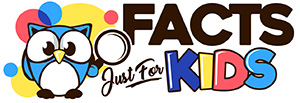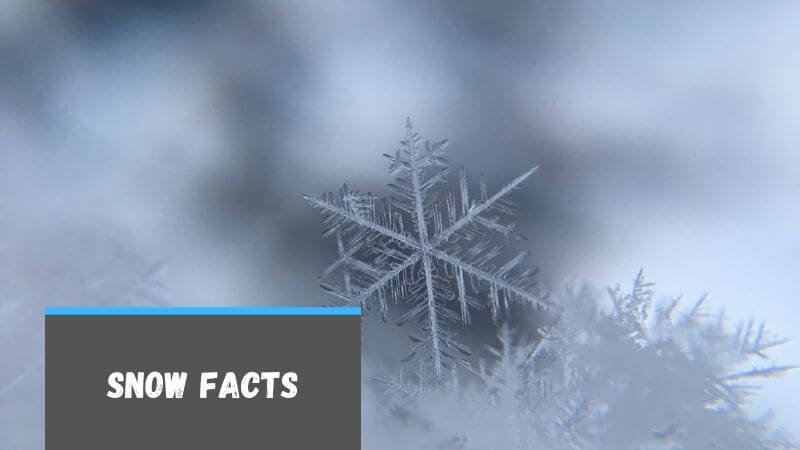
This web page contains snow facts for kids and is a great resource for anyone of any age researching snow. Our goal is to provide you with the latest and most accurate snow facts from scientific sources.
In addition to snow facts, you’ll find some chilling snow pictures and additional resources for researching snow.
The snow facts list below will help you learn what snow is, how snow is formed, what a snowflake is, the different types of snow storms, the types of activities you can do in the snow and other snow facts.
We hope these facts about snow are helpful and help you learn more about this meteorological event.
If any of the below snow facts are inaccurate, please contact us and let us know.
17 Snow Facts for Kids
1. Snow is ice crystals (frozen liquid water) that falls from a cloud.
2. Snow is one of the six main types of precipitation.
3. Snow is clear, but it appears white with the way light reflects off ice crystals.
4. Snowflakes are complex, they have a large variety of shapes and designs.
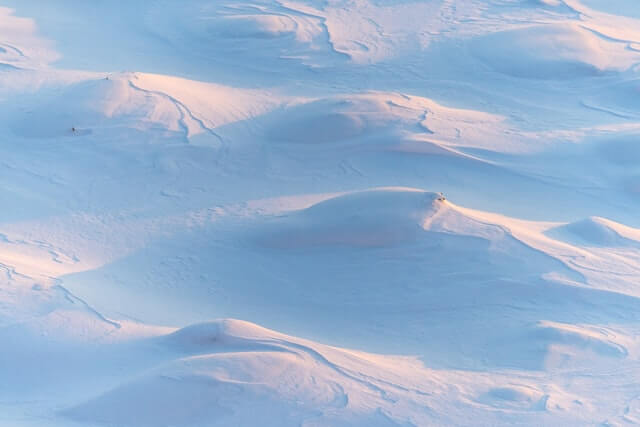
5. While it can be to warm too snow, it’s never too cold to snow.
6. In nature, no two complex snowflakes are believed to ever be alike. However, in a laboratory two identical complex snowflakes have been created.
7. There are many recreational activities that require snow, like snowboarding, skiing and snowmobiling.
8. Snows ability to reflect ultraviolet radiation can caused a condition called snow blindness. Snow’s reflective properties literally caused a sunburned cornea (clear cover of your eye).
9. A snow flurry is a meteorological term used to describe a light snowfall that results in very little to no accumulation of snow on the ground.
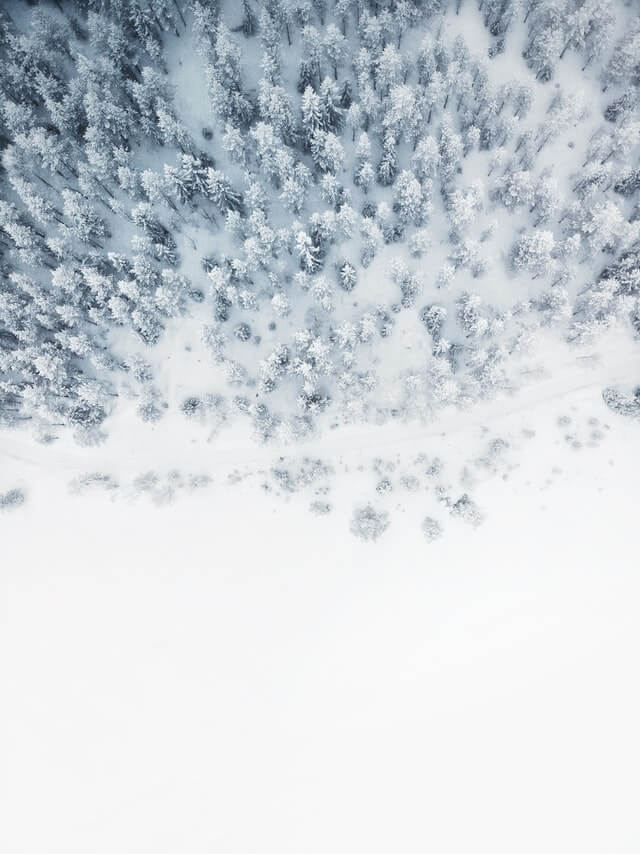 10. Lake-effect snow is produced when a cold air mass moves across a large body of warm water. Water vapor is sucked up into the cold air mass, where it freezes, and falls back down as snow.
10. Lake-effect snow is produced when a cold air mass moves across a large body of warm water. Water vapor is sucked up into the cold air mass, where it freezes, and falls back down as snow.
11. A snowstorm, also called a winter storm, is a term used to define snowfall that results in a large accumulation of snow on the ground.
12. A winter thunderstorm, also called thundersnow, is a term used to define a snowstorm that has thunderstorm like qualities. Such as thunder, lightning and very strong winds.
 13. A blizzard, also called a severe snowstorm, is a term used to define weather conditions that meet two conditions for three or more hours. Those conditions are sustained winds of at least 35 mph (56 km/h) and visibility is reduced to less than a quarter mile for an extended period.
13. A blizzard, also called a severe snowstorm, is a term used to define weather conditions that meet two conditions for three or more hours. Those conditions are sustained winds of at least 35 mph (56 km/h) and visibility is reduced to less than a quarter mile for an extended period.
14. A ground blizzard is a term used to define weather conditions where it’s not snowing, but strong winds are blowing around loose snow and reduce visibility.
15. Snow can cause dangerous driving conditions. During a heavy snowfall visibility is reduced and can create icy conditions on the road.
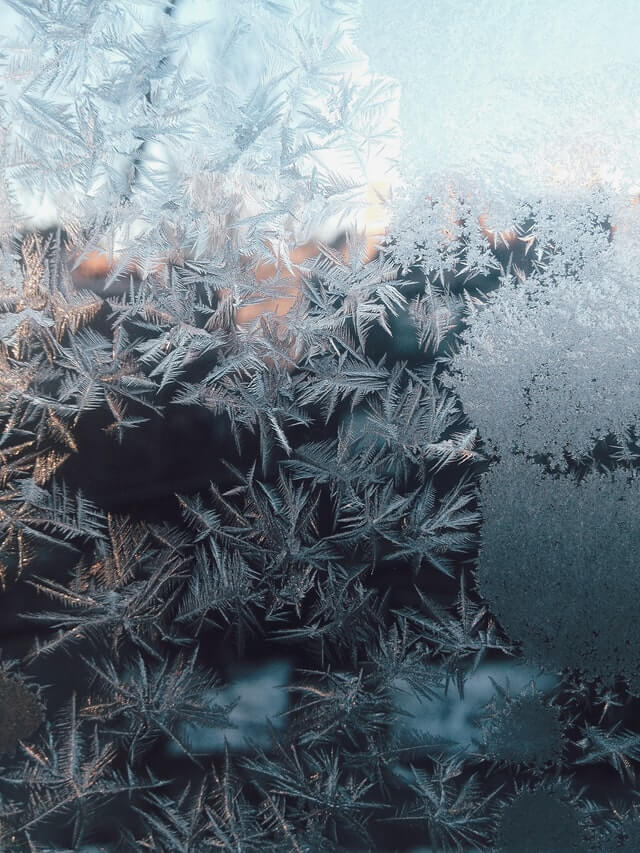 16. The record for the most snow to fall in 24 hours goes to Capracotta, Italy. On March 5th, 2015, 100.8 inches (2.56 meters) of snow fell.
16. The record for the most snow to fall in 24 hours goes to Capracotta, Italy. On March 5th, 2015, 100.8 inches (2.56 meters) of snow fell.
17. The record for the highest snowfall in a year goes to Mount Rainier, Washington, between 1971 to 1972, 102 feet (31.5 meters) of snow fell in a 365-day period.
Snow Pictures
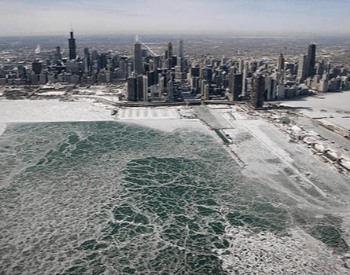
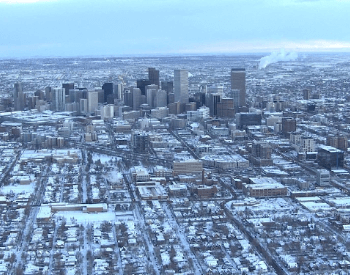
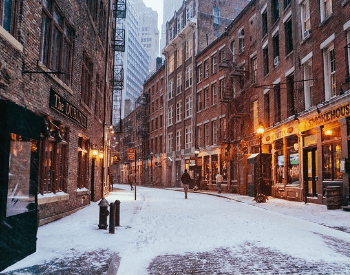
Additional Resources for Snow Research
- Blizzards and Winter Weather – More snow facts for kids on the UCAR website.
- Severe Weather 101: Types of Winter Weather – Learn about the different types of winter weather that include snow.
- NOAA: How Do Snow Flakes Form? – Learn about the formation of snowflakes on the National Oceanic and Atmospheric Administration website.
- Winter Weather – Learn more about winter weather and how to stay safe in it on the Centers for Disease Control and Prevention website.
